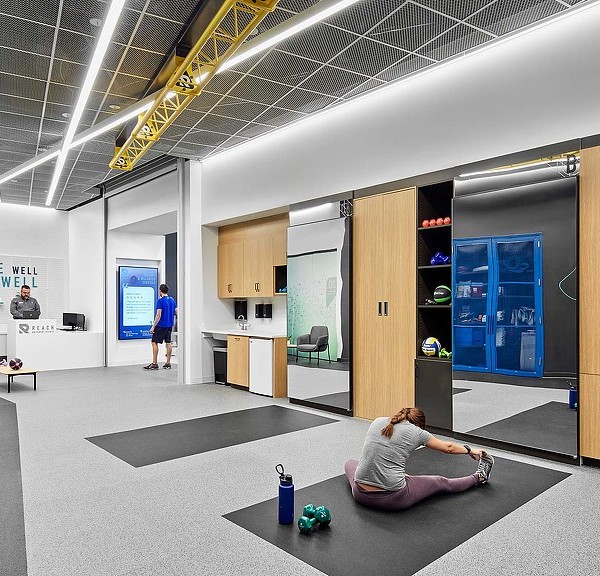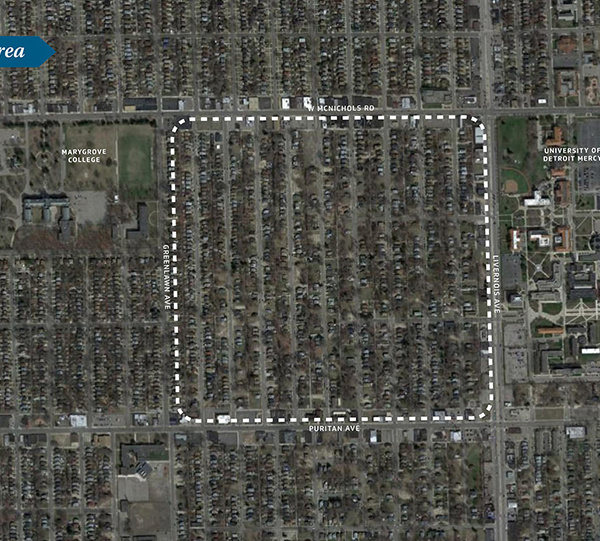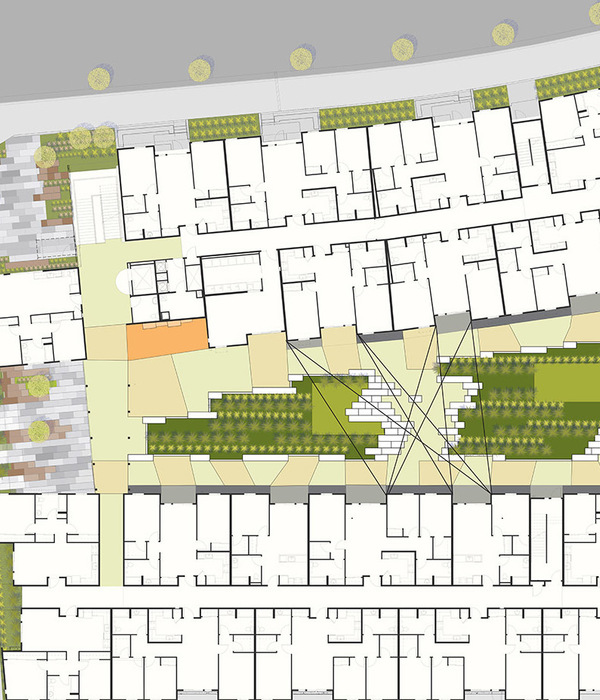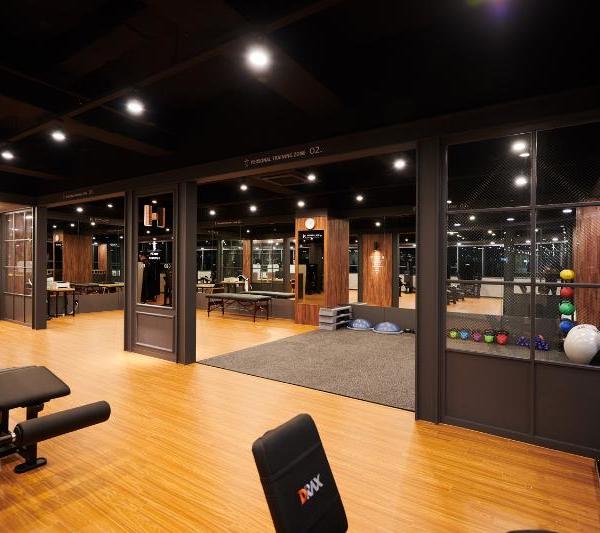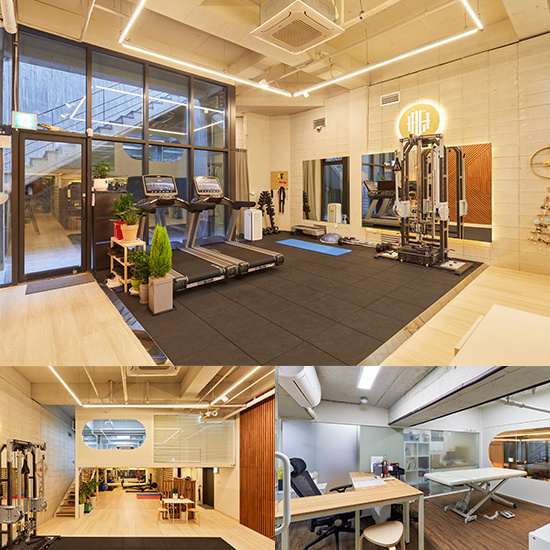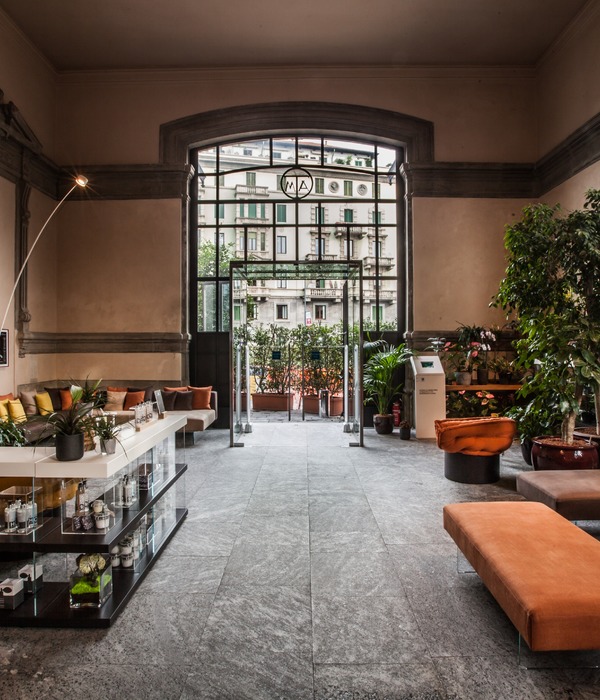Architects:RUST architects
Area :2500 m²
Year :2019
Photographs :Gidon Levin
Manufacturers : AutoDesk, Caesar, Innovate Israel, Interetz, Midj, Sancal, WeinbroomAutoDesk
Architect In Charge : Shany Tal, Raanan Stern
Design Team : Florencia Mitcheli, Shiran Israel
Clients : Playstudios
Engineering : Leonid Gozvitch
City : Tel Aviv-Yafo
Country : Israel
Playstudios offices, planned and designed by RUST Architects, are located in a complex of three industrial buildings in south Tel Aviv, which served as an exhibition and events hall and an old sewing workshop of Kastiel, Israel's oldest high-end furniture company. Unlike most of new high-tech offices in Tel Aviv, which are located in new towers, the planning required the design of an existing industrial complex, constructed of beams, concrete pillars, and wide windows that are open to a large inner courtyard with its old tree and climbing plants that are synonymous with the complex.
The company, which specializes in gaming and applications, sought to create a wholesome, pleasant, soft and light-filled space with few interferences. The architects decided to work with a wide range of materials and textures while keeping the color palette subtle and limited. The main building design includes a bright entrance and waiting area, 5 self-contained working areas for each team with their own lounge for meet-ups overlooking the inner courtyard and small meeting rooms. A large bar, essentially part of the courtyard, is surrounded by a tribune that generates interactions every hour of the day.
The additional building contains a large conference room as the focal point from the courtyard, meeting rooms of various sizes, work areas, management offices, and a fitness center including bathrooms and kitchenettes for each wing. The third building was converted into a large versatile hall with tribunes and modular furniture, next to a large open central kitchen that is operated by an industrialized kitchen that can cook and feed all the workers daily and in events.
On the roof of the two main buildings, a large balcony overlooks the rooftops of the south of the city. The architects decided to leave the "white boxes" and expose the structural elements made of concrete. The exposed systems of the ceiling are painted a delicate gray and the window openings were enlarged in order to strengthen the connection between the interior and exterior.
Wide use of bright birch wood and quartz surfaces in delicate natural tones combined with light painted walls allow natural light to enter the spaces freely. In the main kitchen, a 9-meter long work island is used as a platter to serve food throughout the day. The island, like the bar, becomes a thriving space during working hours. The architects created a system of lighting fixtures that enables a variety of options: focused, flushing, central to the space or personal to the worker. Along with the technical lighting, classic lighting fixtures were chosen that manage to refine the industrialized ceiling and the wide concrete pillars.
▼项目更多图片
{{item.text_origin}}

